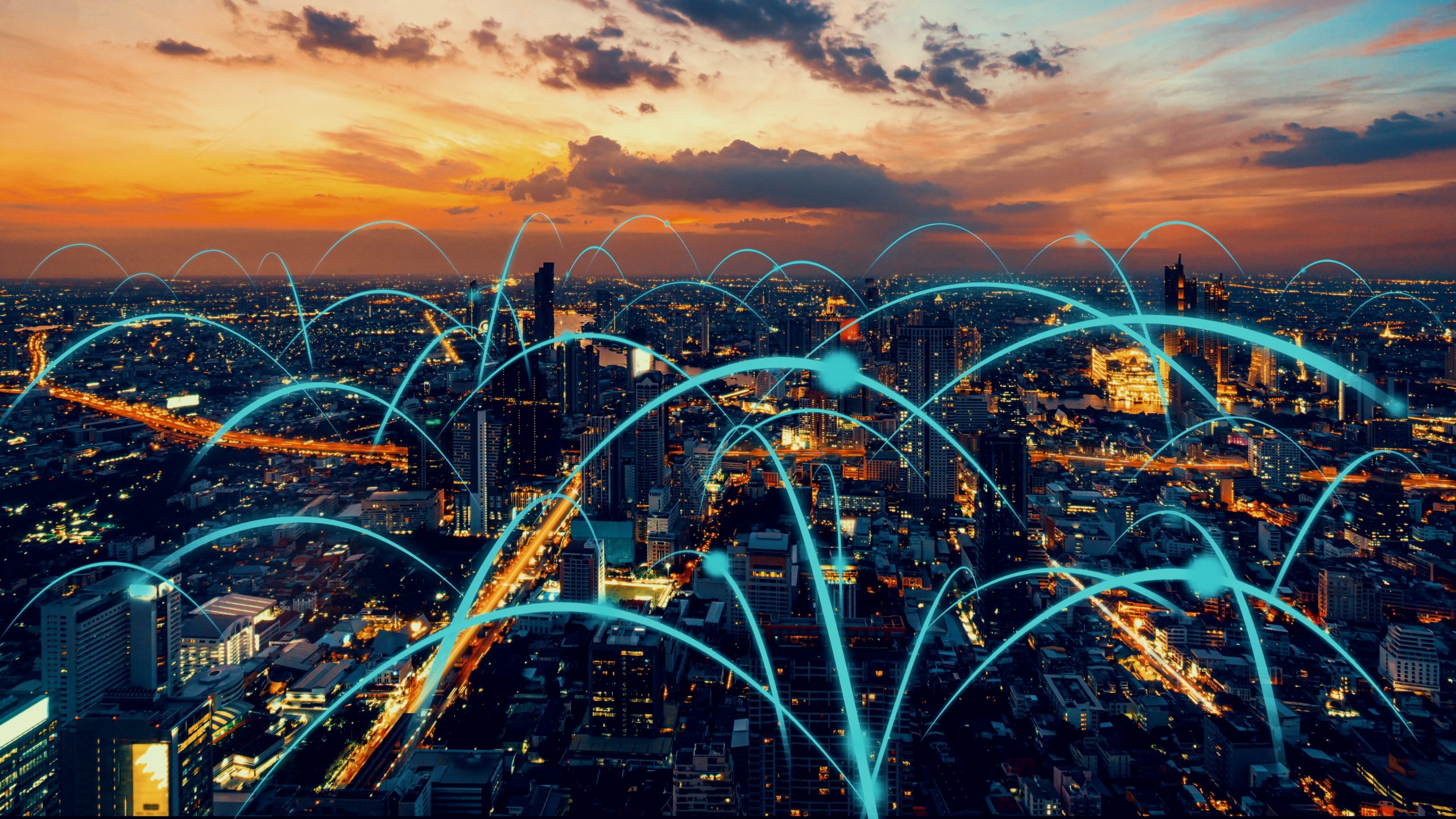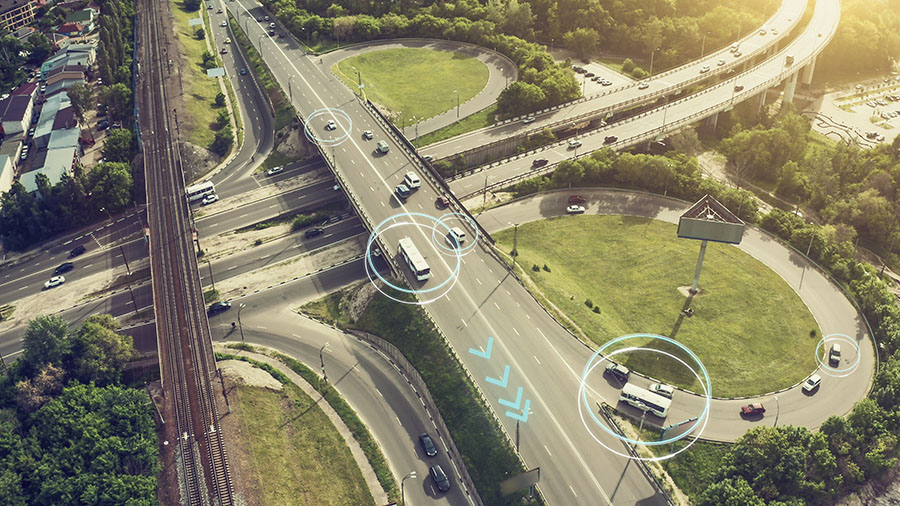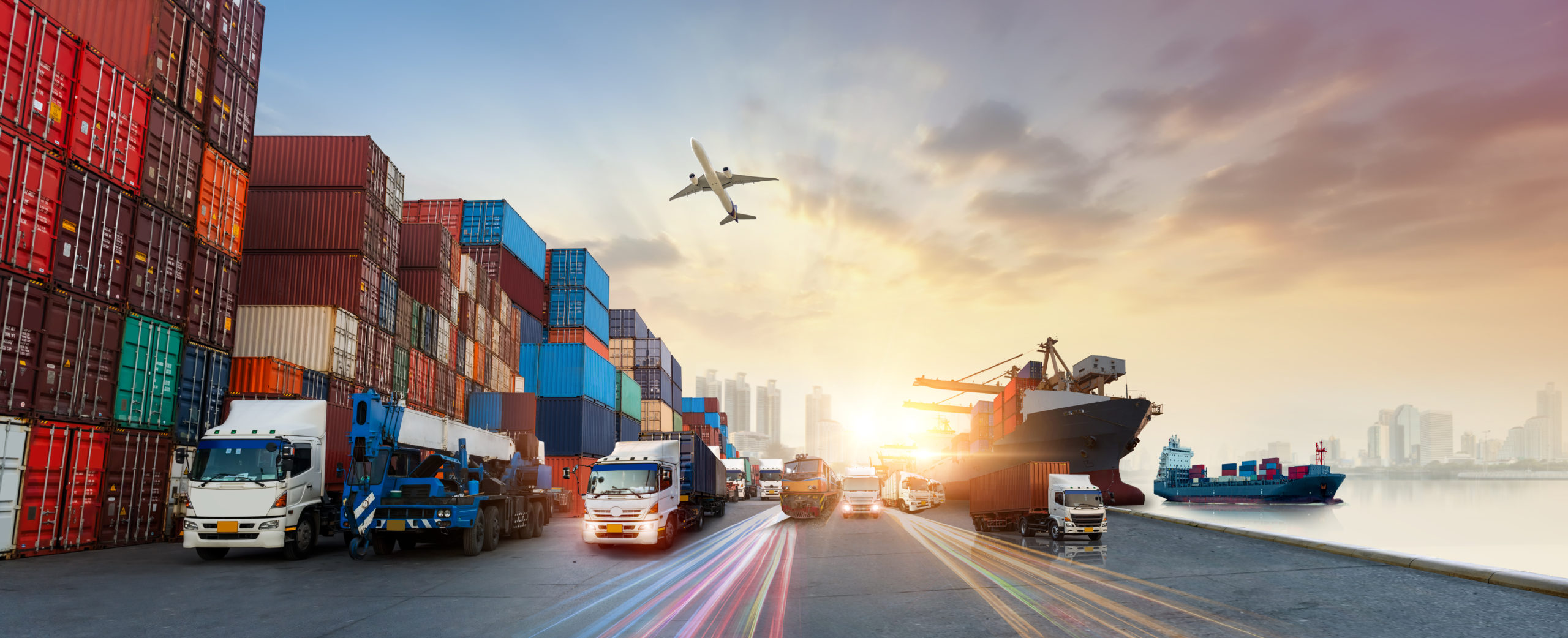UK transport in 2050: a zero emission, resilient and integrated system
Zero Emissions
It requires new technology deployment, significant infrastructure investment, integration into the existing system, and a change in customer habits. For example, how will we power Heavy Goods Vehicles (HGVs) of the future? The transport sector is the largest source of greenhouse gas emissions in the UK (26%), and over a fifth these emissions come from HGVs. It is a current priority to achieve this decarbonisation, and while we will largely use currently available technology, we don’t know the balance between battery electric, hydrogen, or clean-burning internal combustion engines – though it will likely be a combination of them all. There is a market opportunity to scale the infrastructure and supply chains to accelerate the pace of decarbonisation. The industry is not yet established or mature, so we need to collaborate to help this happen over the coming years. We will (and must) overcome these challenges, but it will take time.
Rail can buy us time. Unlike other transport modes, Rail is in the unique position of already being a transport mode capable of moving both people and heavy goods using a zero-carbon solution. The path to decarbonisation for rail is clear, the technology is readily available and (relatively) easy to achieve. In the short to medium term, rail can support other transport modes in decarbonising while their technology develops through a modal shift from road to rail.
Reliable and Resilient
Automation in the rail industry isn’t new. The Docklands Light Railway (DLR) is an automated light metro system that has been operating since 1987. Arguably, it’s easier to automate a railway compared to other transport modes as there are fewer variables. Lessons from automation on the railway are helping inform other transport modes on their automation journey. Although we’ll likely see an increase in services like DLR and driverless trains, that’s not where the real impact will be.
As we move towards 2050 wider automation, in particularly signalling elements will become digital, intelligent, and automated, facilitated by the roll out of the European Rail Traffic Management System (ERTMS). This will increase the capacity, reliability and improve safety on the network. We will no longer be dependent on Victorian era systems with the risks of failure that may impact the performance of the network.
Automation will have a profound effect on maintenance. It will allow proactive maintenance regimes like condition-based monitoring. Faults will be identified before they are faults, ensuring interventions take place before disruption occurs. This will make the railways more reliable and scare maintenance resource can be targeted on network recovery after adverse weather events – a trend which will undoubtedly continue.
An Integrated System
Currently, rail travel is the most effective mass transit, point to point, long distance transport mode. In 2050, it’ll have grown its footprint and capacity, and provide a core network for members of the public and industry. However, it won’t, and shouldn’t be, the only viable option. It’s unlikely we’re going to build significant numbers of new lines connecting rural communities. Last-mile/first-mile logistics is often impractical by rail and sometimes, it’s just easier and more convenient to drive. Rail works best when it’s integrated with other modes of transport.
Digitalisation is already having a huge impact integrating the overall transport network and this is expected to grow. Use of data and artificial intelligence to integrate and optimise services will allow millions of people to make journeys they would not have previously made. It will also enable travellers to make better informed journey decisions.
Integration goes further than just the transport system. In 2050, we hope to see transport leaders collaborating more with each other and importantly with other sectors. The key is recognising that transport is fundamentally about enabling access to goods, services, and opportunities, not on increasing movement. Typically, the transport sector has focused on delivering outputs (new roads, new trains, etc.) but what is important are the outcomes. The ‘triple access model’, for example, proposes a balanced system of physical mobility (transport system), spatial proximity (land use system), and digital connectivity (telecoms system). There are other ways to increase access but at the moment the default answer is physical mobility.
It’s an exciting time for the future of the UK transport system – there are challenges to overcome but some great opportunities to change the way we live, work and travel. At Innovate UK, we will use this vision and our assessment of the UK’s relative strengths to determine where we invest our efforts and resources. We also want this vision to inform and guide our partners in the public sector and in industry when they are making their investment decisions.
– James Bevan, Innovation Lead, Rail, Innovate UK
Feedback
If you would like to offer feedback to help us further shape and inform the UK Transport Vision 2050, please use our feedback form to submit your comments.
Reimagining transport: UK Transport Vision 2050
The UK Transport Vision 2050, first published in 2021, has been updated based on increased understanding, changing circumstances and feedback from over 200 partners.




